
The Large Bears of the World
We take you on a journey around the world
There are eight living species of large bears worldwide. Some live on different continents, others only in very limited areas. There are bears in the arctic and bears in the tropics. Due to their adaptation to their habitats, they naturally look different and have very different ways of living. Some bears are rather small and others very large, some like to stay in trees, others only climb in emergencies, one bear species' diet is based on meat while another only eats plants.
The eight big bear are: black bear, polar bear, brown bear, giant panda, spectacled bear, asiatic black bear, sloth bear and Malayan bear.
By the way, most of these bears are endangered, mainly because their habitat is destroyed by humans.
The cave bear - an extinct representative of the large bears
The cave bear lived during the last ice age. According to today's knowledge, the cave bear population in Europe already declined sharply about 40,000 years ago until it became extinct about 27,000 years ago. Although researchers found many bones, especially in caves, the cave bear actually was not a cave animal, as its name suggests. The first fossils of cave bears were found over 200 years ago.
Now it's your turn! In the following quiz, we ask you a question about each species. Test your knowledge about the bears of the world. There are some tricky questions. But if you follow us closely on social media, you will surely be able to answer all the questions. Are you #smartlikeabear?
Question - of -
Black bears feed exclusively on fish, insects, small mammals and carrion.
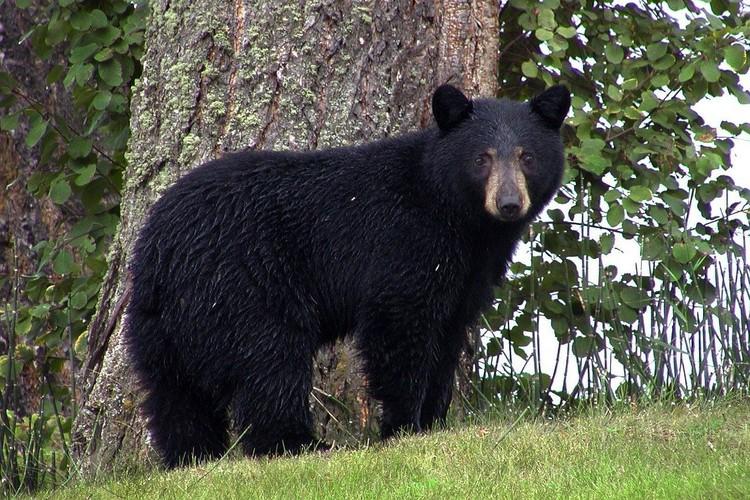
Male cave bears were about the same size as brown bears.

Polar bears hibernate from November to March.
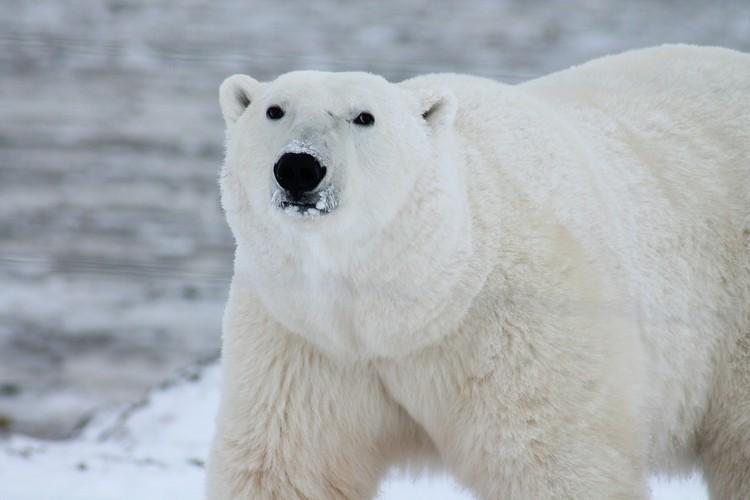
The giant panda is a herbivore and is busy eating for about 14 hours a day. How many kg of bamboo does it eat every day?

The mating season of the asiatic black bear is always from May-June.
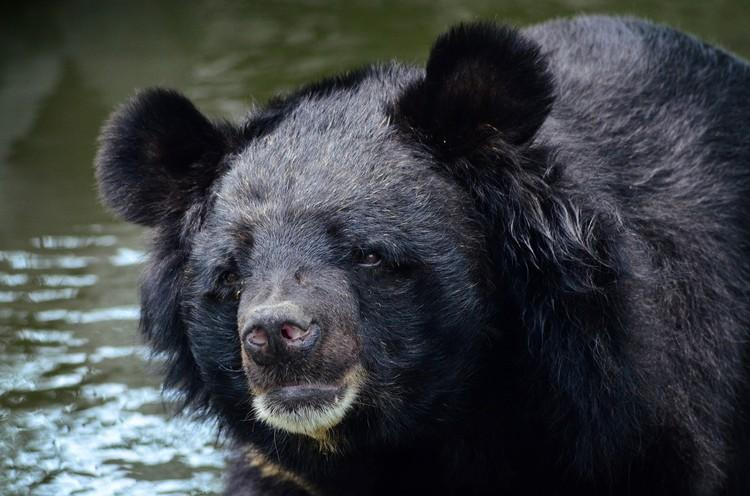
The sloth bear has a gap between the teeth in its upper jaw.
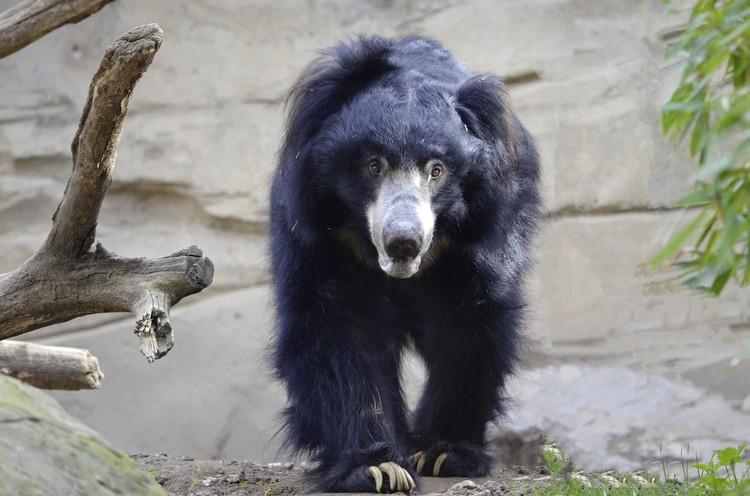
The spectacled bear is the only species of the eight large bears living in Australia.
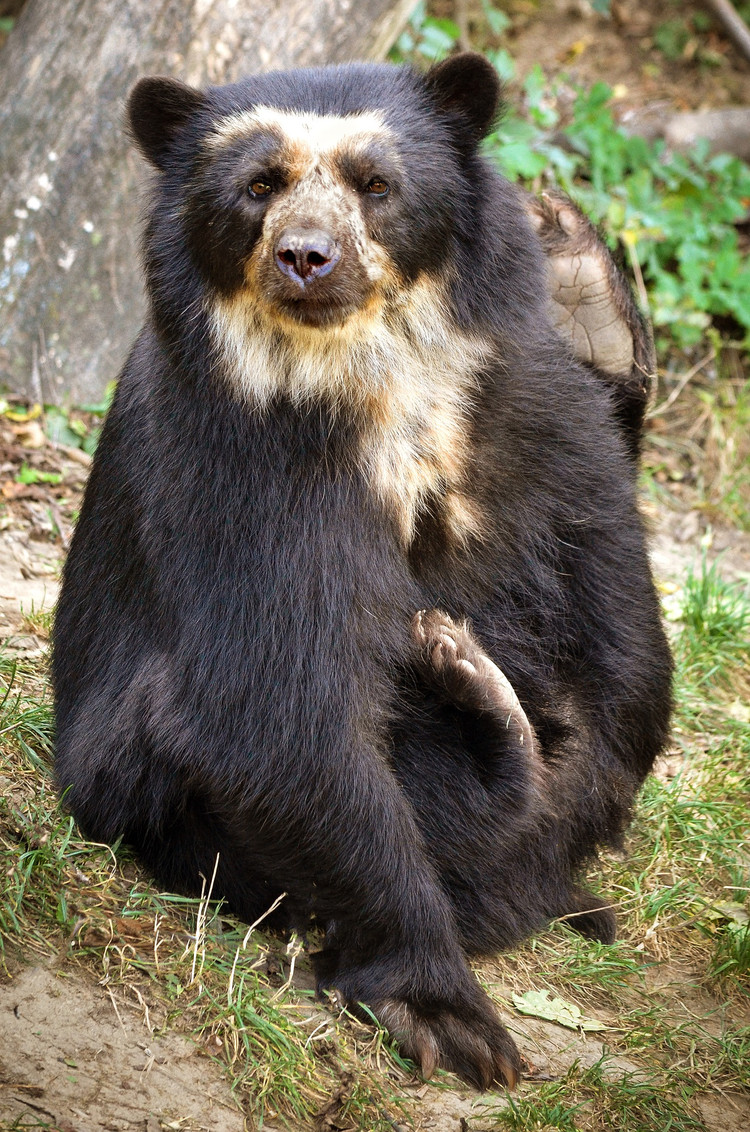
The brown bear's coat changes with the seasons.
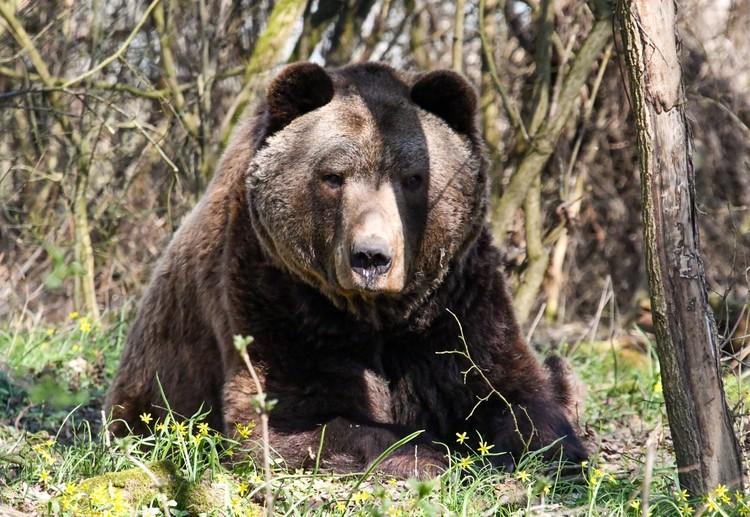
The Malayan bear is the largest of the eight bears.
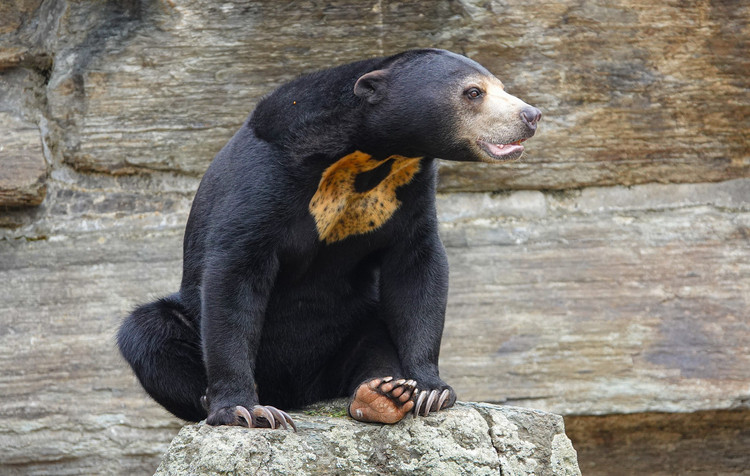
Points reached:
What is a mammoth doing on the beach?
Not only cave bears lived until the last ice age. Together with mammoths, sabre-toothed tigers and woolly rhinos, they roamed through large parts of Europe during this period and also populated the landscape of today's Mecklenburg-Western Pomerania. In many places, you can still discover traces of this period that left such a lasting mark on our region. The flora and fauna are preserved in biosphere reserves, national parks and nature parks. The BEAR SANCTUARY Müritz is one of over 30 regional nature adventure centres where you can experience our nature up close. Embark on an exciting journey into the past and gain incredible insights about this time.
Note: Any advertisements that may appear during the viewing of this video are unrelated to FOUR PAWS. We assume no liability for this content.